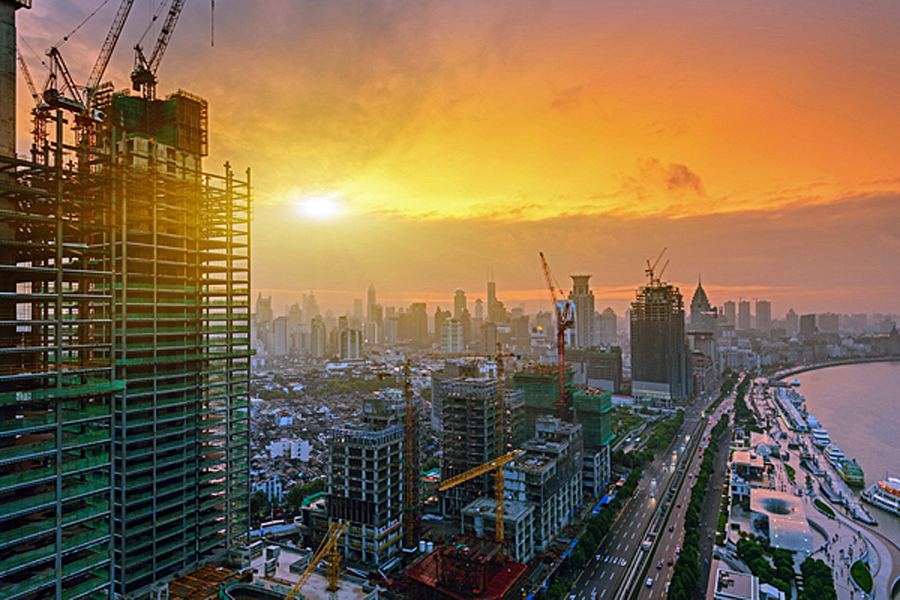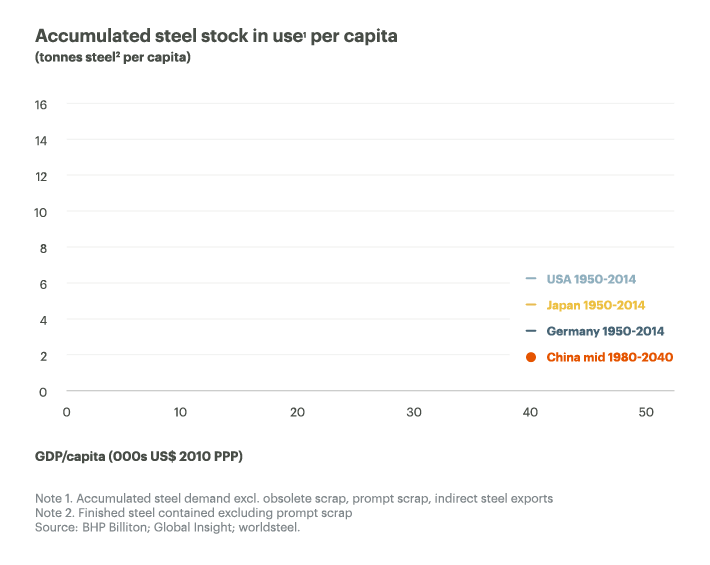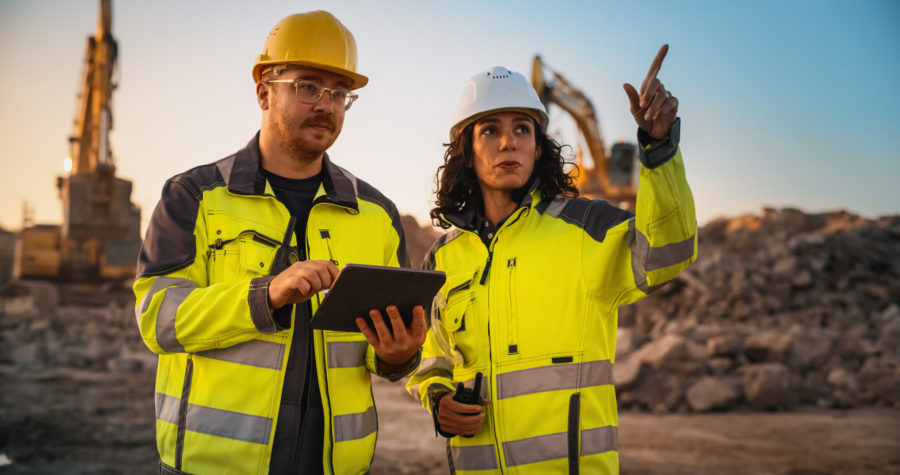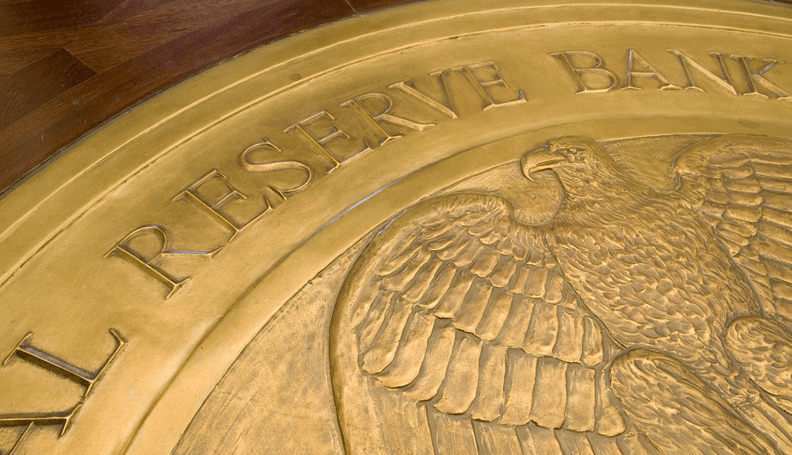One graph all iron ore price bears should see

The import price of 62% Fe content ore at the port of Tianjin declined more than 2% to trade at $56.20 per dry metric tonne on Wednesday according to data supplied by The Steel Index as worries about the health of top consumer China’s steel sector.
That was the lowest level for the Chinese benchmark iron ore price since July 25, but despite recent weakness and against most predictions, year to date the price of the steelmaking raw material is still up 31% after surging 52% from near-decade lows in December.
In Japan, and the US, the automobile sector accounts for around 20% of steel use. Those figures compare to around 7% in China today
China consumes more than 70% of the world’s seaborne iron ore and is set to import more than a billion tonnes in 2016. The country also forges almost as much steel as the rest of the world combined after three decades of relentless capacity growth.
In a new blog post Huw McKay, BHP Billiton vice president for market analysis and economics, takes a look at the prospects of the Chinese steel industry. McKay, who’s not known for just talking his book and has been calling the iron ore price down, nevertheless finds forecasts of peak Chinese steel demand unconvincing.
Huw argues that Chinese steel stock in use has considerably room to grow:
Roughly half of China’s steel currently goes into construction. The slowdown in the property sector was a major factor for the market weakness in 2015. As the rate of urbanisation has slowed, and will continue to do so, building rates aren’t going to be what they were. Even so, over the next 20 years, China’s urban population is likely to increase by almost another quarter of a billion people; and the rising middle class will be looking to upgrade to bigger and better apartments, sitting above more extensive underground car parks – meaning what’s built (and renovated) will be more steel intensive.
China’s steel use will also reflect its maturing economic structure and ‘consumerisation’, symbolised by increasing car ownership. In Japan, and the US, the automobile sector accounts for around 20% of steel use. Those figures compare to around 7% in China today. We also anticipate that China will become more internationally competitive in the machinery industry, which is a steel hungry sector. In aggregate, these trends are expected to offset any weakness in construction in the next ten years.
More News
Rio Tinto, Founders Factory’s Mining Tech Accelerator invests in startups from US and OZ
April 23, 2025 | 04:02 pm
{{ commodity.name }}
{{ post.title }}
{{ post.date }}




Comments